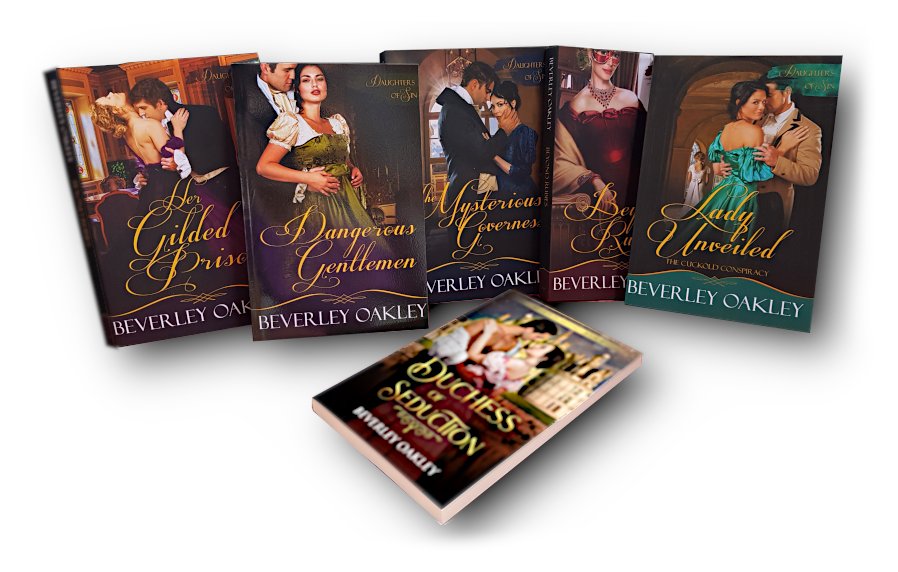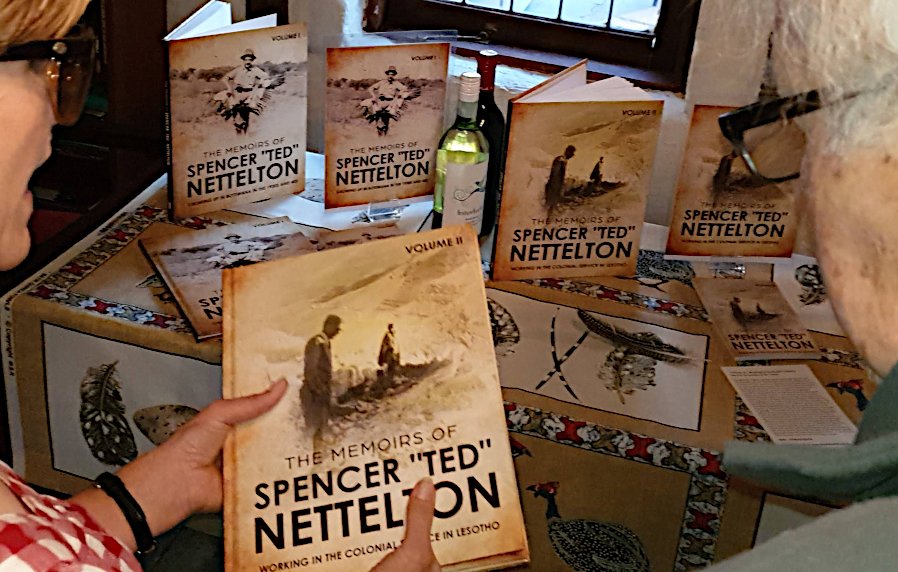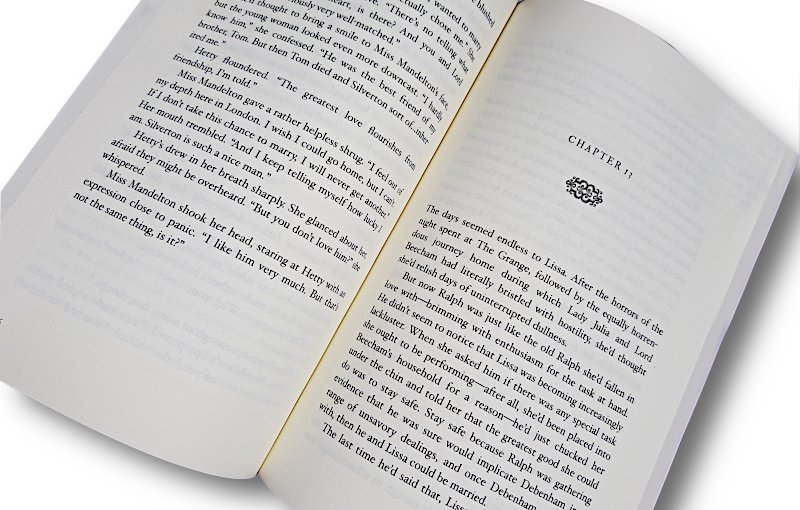A sample of the interior of a self-published book using Ingram Spark.
Below is some generic information on self publishing in 2019, as requested by past students based on what is taught in my classes.
Publishing / self-publishing background
My books have been published by Pan Macmillan Momentum, Harlequin Escape, Robert Hale (UK), Choc Lit, Ellora’s Cave and Totally Bound.
With rights reversion to many of these books occurring during the past six years, I’ve been in the happy position of being able to publish these books – and others in the series – under my own name.
Of my 22 published books, I’ve now self-published 18. So much has changed during the few short years I’ve taken personal control of my publishing career. A rise in respect for Indie publishers has aligned with the number of ‘household names’ choosing to self-publish, and so many authors forging good, if not excellent livings through self-publishing.
And technology has changed radically.
Who should self-publish?
Anyone who wants to publish a book – either one copy or a hundred or more.
Here are some of my novels printed by Ingram Spark. They cost me $5 to $7 per copy to produce.
Here are some of my dad’s memoirs, also printed by Ingram Spark. They are hard cover, coffee table books, filled with photographs and they cost between $10 to $20 to print, per copy.
Here are some of my past students’ self-published books, printed through Amazon, at approximately $7 a copy.
(Depending on the printer, postage is often calculated on a box of books and, for example, may cost a flat rate of $20 that would apply if posting one book or one box of books.)
Start to finish scenarios where self-publishing is ideal.
1:
You’ve written a collection of children’s stories you want to give to your six grand children at Christmas – some of whom live in Australia, others who live overseas. You therefore want to have six copies printed and distributed. But you don’t want to spend much more than you would buying a children’s book from a book shop for each child.
You also know there’s another grand child on the way and would like to update the book with another story further down the track.
2.
You’ve written a novel and you want to publish it so that it’s available at Amazon, Apple, Barnes & Noble and all other e-book retailers, as well as in paperback.
3.
You’ve written your memoirs and you want your family members to be able to access a printed and bound copy from wherever they live in the world.
4.
You have a business and want to produce printed copies of a handbook for clients, yet you want to be able to update the contents of your book on a regular basis.
5.
You are speaking professionally and you want to have books available for sale or distribution at the end of your talk or lecture. Perhaps you have several engagements and you want to change the contents of your book for each.
In all of the above scenarios , the writer wants to produce a small number of copies, anywhere in the world, for a small outlay. They also want to be able to update contents or cover whenever they choose.
Ebooks and/or printed copies?
This decision depends on personal circumstances.
I’m a romance author and most of my readers buy my books in digital format. But I always have printed books available for talks and those readers who only read paperback.
I publish all my paperback books using KDP (Amazon) in addition to Ingram Spark. (This is so that postage is cheap for Amazon readers, and so libraries and bookshops will stock my paperbacks as Ingram Spark distributes to both.)
My ebooks are published directly to Amazon, directly to Kobo as well as GooglePlay, and I use D2D (Draft to Digital) to distribute my ebooks.
Having both ebook and print involves very little additional effort or expense.
Here’s why…
A book – whether digital or paperback – published using the above platforms consists of an interior file and a cover file.
Both should be professional and perfect. Depending on my project, I outsource my editing to one of my three favourite professional editors.
Again, depending on the project, I outsource my covers to several different cover designers. Dar from Hot Wicked Designs produced my Daughters of Sin series and my Fair Cyprian of London series. Les of Germancreative (whom I discovered on Fiverr) produces the covers of my other series.
Formatting
I use a Mac so the formatting program, Vellum, is gold for me as it produces perfect interiors with dropped capitals and decorative scene breaks while automatically inserting copyright notices and other useful extras.
My process - Let's take it back to the beginning
I write the book in word. (Some writers swear by Scrivener which I intend to try – when I get the time!)
Leave it to rest!
Edit it until it’s as good as I can make it
Send it to a professional editor. (For a 100,000 word book, costs vary from $400 to a few thousand.)
Make the necessary changes once I get it back from my editor.
In the meantime I send my cover request to my chosen designer. Sometimes I ask for a number of changes. Sometimes it’s perfect first time. My covers range in price from $20 to $200.
Now that I have a professionally edited interior word file and a professionally designed cover (jpeg), I’m ready to format.
To Format.
To do this, I copy and paste the word file into Vellum. (I use Vellum because I have a Mac and Vellum is only for Mac. For those who don't have a Mac, I recommend D2D which also is a great formatting platform as well as an aggregator which distributes your books to a range of vendors.)
Vellum is a fantastic program which costs from $39 to generate one book to $250 to generate an unlimited amount for print and digital.
Vellum then generates me digital copies ready to upload to my chosen distributor or etailer. As I mentioned before, I have an account with Amazon and D2D. Recently I started uploading directly to Kobo and GooglePlay so I set up accounts with them, too.
I therefore upload:
the .mobi file to Amazon (kindle)
a generic epub file to D2D (which is an aggregator which distributes to iBooks, Barnes and Noble and a dozen or more library services and other stores)
an epub which I upload directly to GooglePlay
an epub which I upload directly to Kobo (as I can participate in a range of their promotions)
an epub and mobi to Smashwords.
At the same time as I upload the interior file, I’ll be asked to upload the cover jpeg.
Formatting usually takes me 30 to 60 minutes. Uploading to each platform takes only a few minutes.
My digital ebook is now ready for distribution once it’s passed the necessary check which takes from a few minutes to a couple of days.
In order for it to become accessible to the world, I do of course have to market and promote it. But marketing and promotions is another story for another time, and very much depends on the genre you’re writing.
But what about Print?
Both Vellum and D2D format for print. I simply generate a print version, log into my account on Ingram Spark, fill in the details about my book then, when prompted, upload the interior file and the cover jpeg. It’s very similar to uploading for digital.
Once the book is approved by Ingram Spark, I can order proof copies, or author copies and send to anywhere in the world. Recently, Ingram Spark has enabled authors to include a printed dedication page for only $1 extra. I love this personalisation for my favourite readers!
This is a very truncated form of what I go through in my classes where I take writers and book produces through the various stages. We set up accounts in class, use D2D to format, and, finally, upload our books through the various aggregators or Ingram Spark.
By no means is the above an exhaustive list of how one can self publish. It’s simply the basics of what I do for my own books and what I teach my students.
If you’d like to learn more, you’re very welcome to contact me through my website or by emailing me on: beverley (at)
eikli.com.
Good luck on your Indie publishing journey!
![]()



